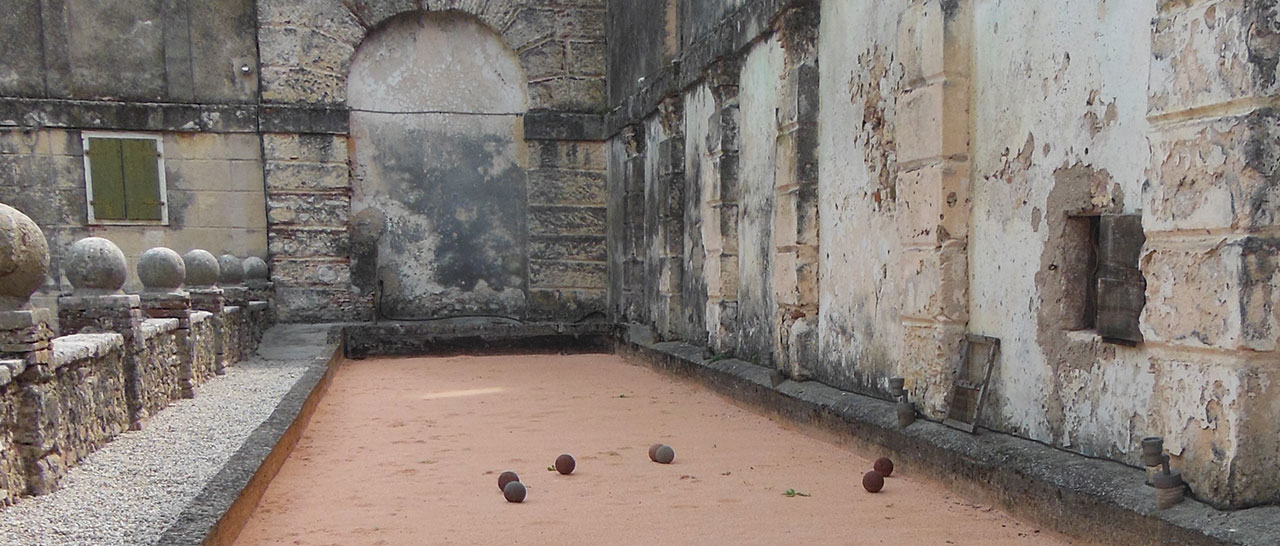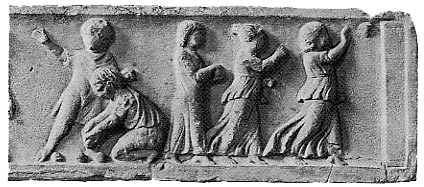
Bocce must have been part of the therapeutic advice given by the early Greek physicians Ipocrates and Galileo who indeed believed that the invigorating exercise provided by this game could have beneficial results. It is said that the early Romans were among the first to play the game, at times using coconuts brought back from Africa. Later on, hard olive wood was used to carve our bocce balls. Quickly gaining status, there are indications that bocce was enjoyed by such luminaries as the emperor Augustus.
The only fact for sure is that bocce is a game that is centuries old. Several descriptions with similarities can be found on the internet. One version of the history of bocce published by the Wonderful World of Bocce Association on their website is as follows: "The beginnings of the game of bocce are lost in the darkness of time. Traces of the game can be found among the early Egyptians, and graphic representations of figures tossing a ball or polished stone have been recorded as early as 5200 B.C. While modern day bocce bears little resemblance to these early findings, one thing is certain: that through its evolution the objective has been constant - try to come as close to a fixed target as possible. From this early objective, the basic rules of bocce were born”.

Throughout the centuries, the bocce game enjoyed rapid growth as one of Europe's most popular pastimes, so much so that at one point in history several governments began to regulate its usage. Why? Because it was found that the popularity of the game interfered at times with the security of the state. In other words, the public at large was more interested in playing bocce than in defending their sovereignty! Rulers were moved to action. While Kings Carlos IV and V prohibited the playing of bocce (citing national security), several medical docents from the University of Montpellier, France, did their part by discrediting the claim that playing bocce had great therapeutic effect in curing rheumatism.
The popularity of the game reached such a level in Italy that on December 11, 1576, the Republic of Venice publicly condemned it, and thereafter those who disobeyed were punished with fines and imprisonment. Even the Catholic Church officially prohibited any clergyman from playing the game by declaring bocce a gambling device. Yet bocce survived and flourished.
Contrary to the rest of Europe, Great Britain has consistently embraced the game of bocce with great enthusiasm since its introduction. Among the early fans was Queen Elizabeth I and Sir Francis Drake. An amusing anecdote has Drake refusing to interrupt his game to address a threatening military advance: "First we finish the game, then we'll deal with the Armada," it is believed he shouted to those who tried to hurry him on.
However, in spite of its popularity and lacking a central organization, the sport of bocce was excluded from the first modern Olympic Games held in Athens in April, 1896. Shortly afterward bocce leagues were formed throughout Europe. First to organize the sport was France, followed by Italy (specifically northern Italy), which organized local clubs and leagues. The first organized Italian League was formed by fifteen Piedmont Region teams on November 15, 1947 in the town of Rivoli (Torino). Since 1947, the Bocce World Championships has been held every year with France and Italy as the most prominent competitors.
These two countries paved the way for an international interest in bocce as a formal sport. Even as this book is being written, worldwide preparations are underway internationally to include bocce in Olympic competitions. Yet it was not until the turn of the century that the game of bocce was organized competitively in the United States. A strong influencing factor was the European immigration to the American continent. Early immigrants, trying to retain their original lifestyle, played the game as a way of duplicating the social environment they left behind. Soon U.S. leagues were created, paving the way for the game to be accepted as a major sport... And not just by men. The oldest women's bocce league in this country is from Chisholm, Minnesota. Called the Chisholm Women's Bocce League, it started in 1944 with 25 women who were introduced to bocce by Guido Pergal at a summer picnic. Today the top three most-participated sports in the world are 1) soccer 2) bocce and 3) golf."
The United States Bocce Federation says there are about 1 million players in the United States.
